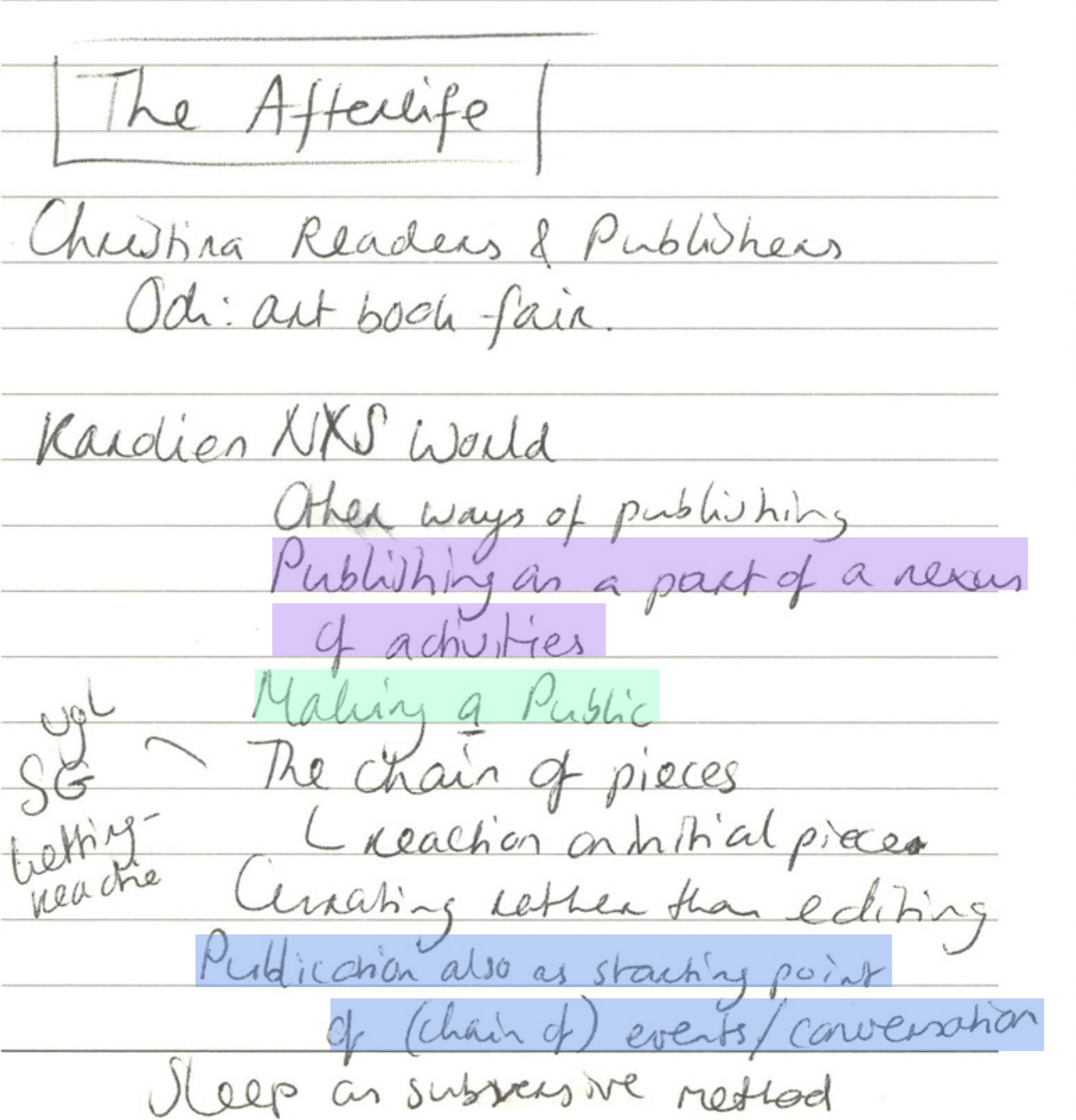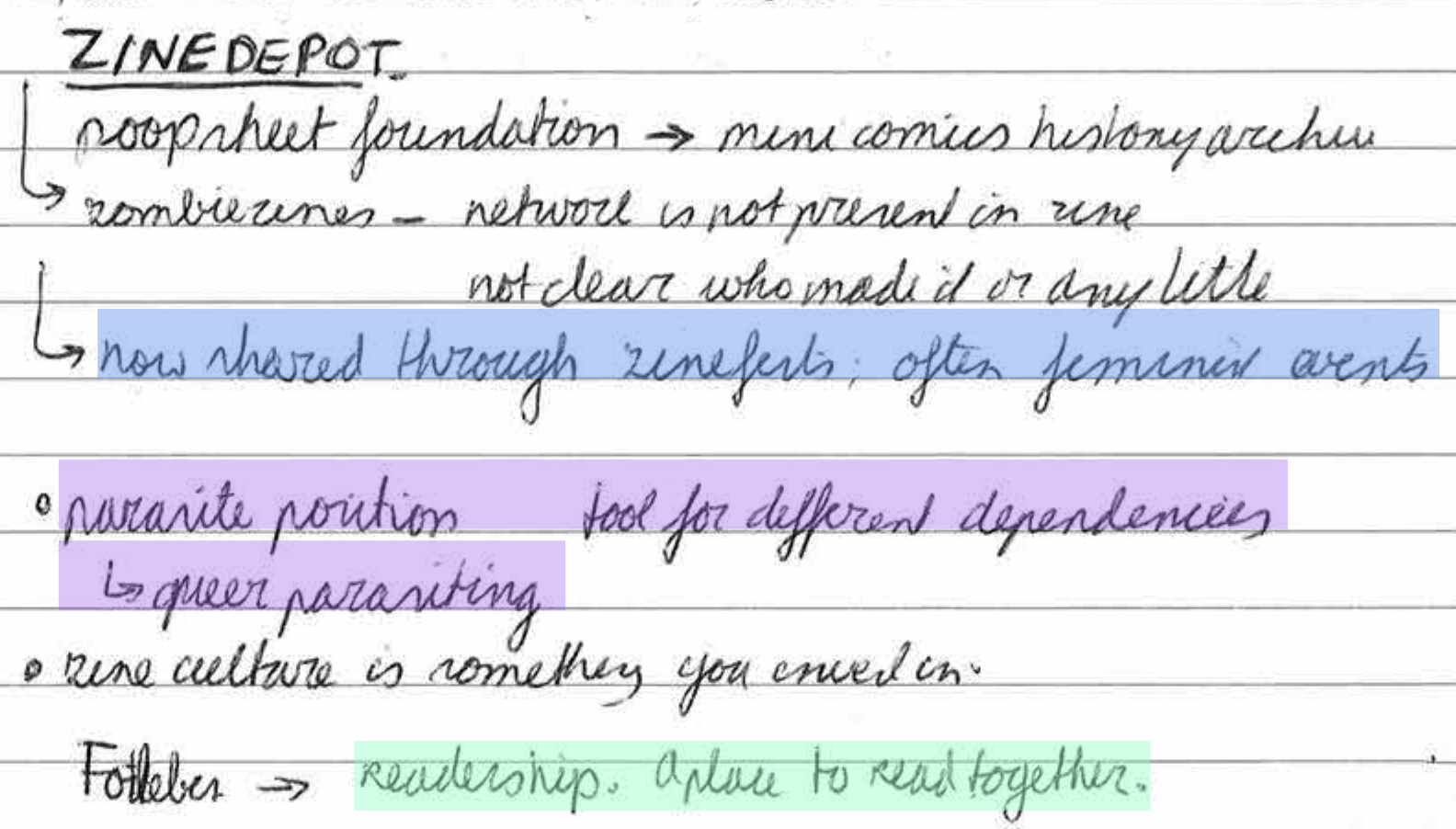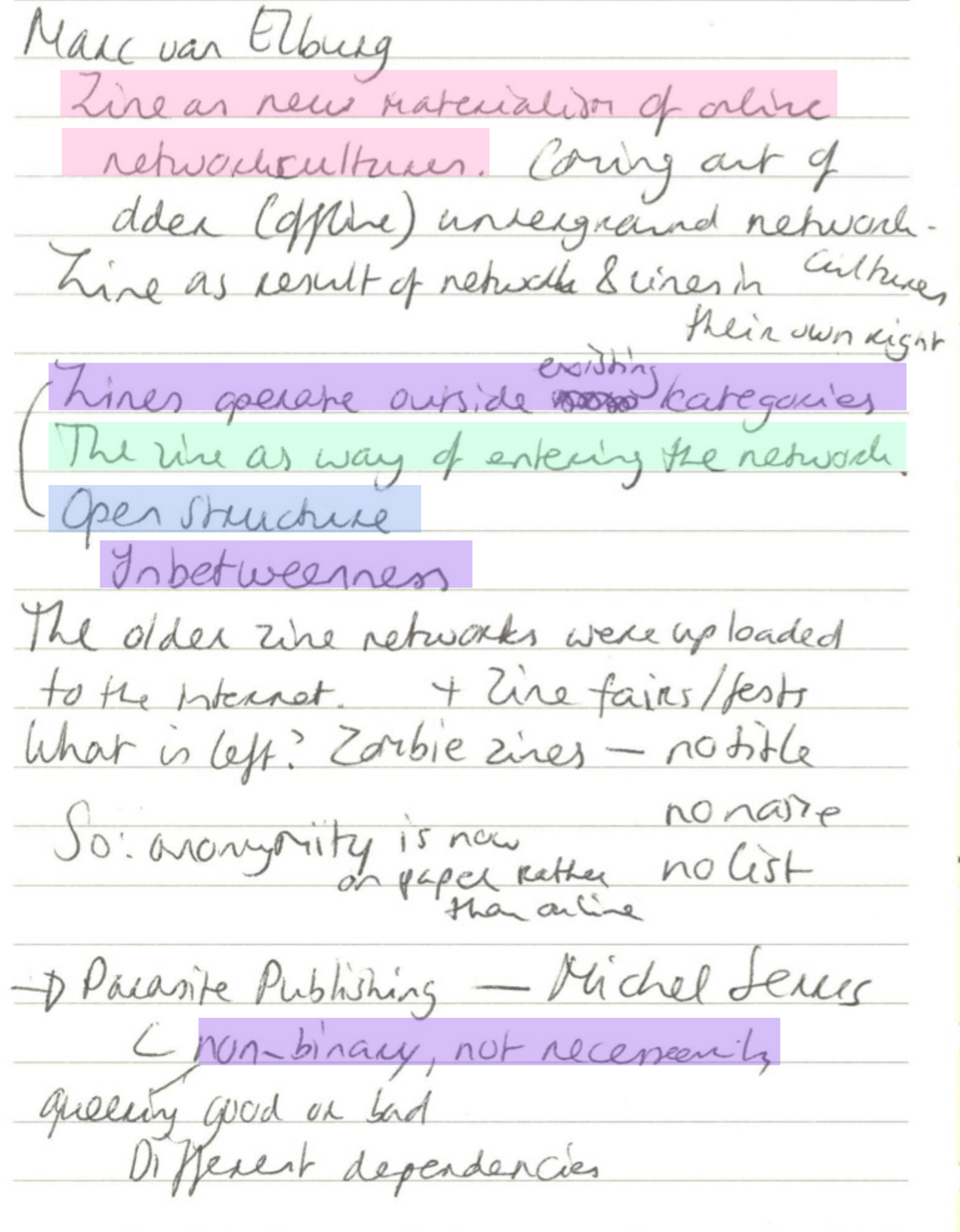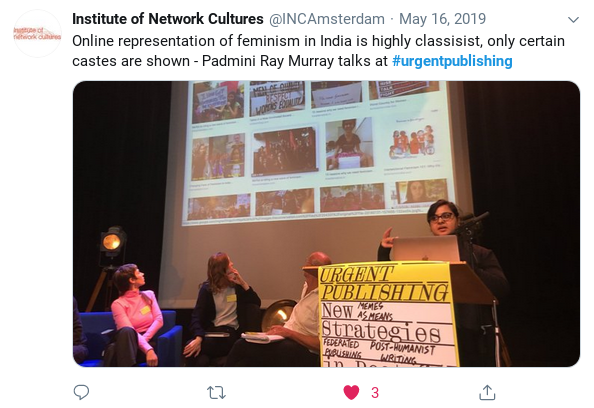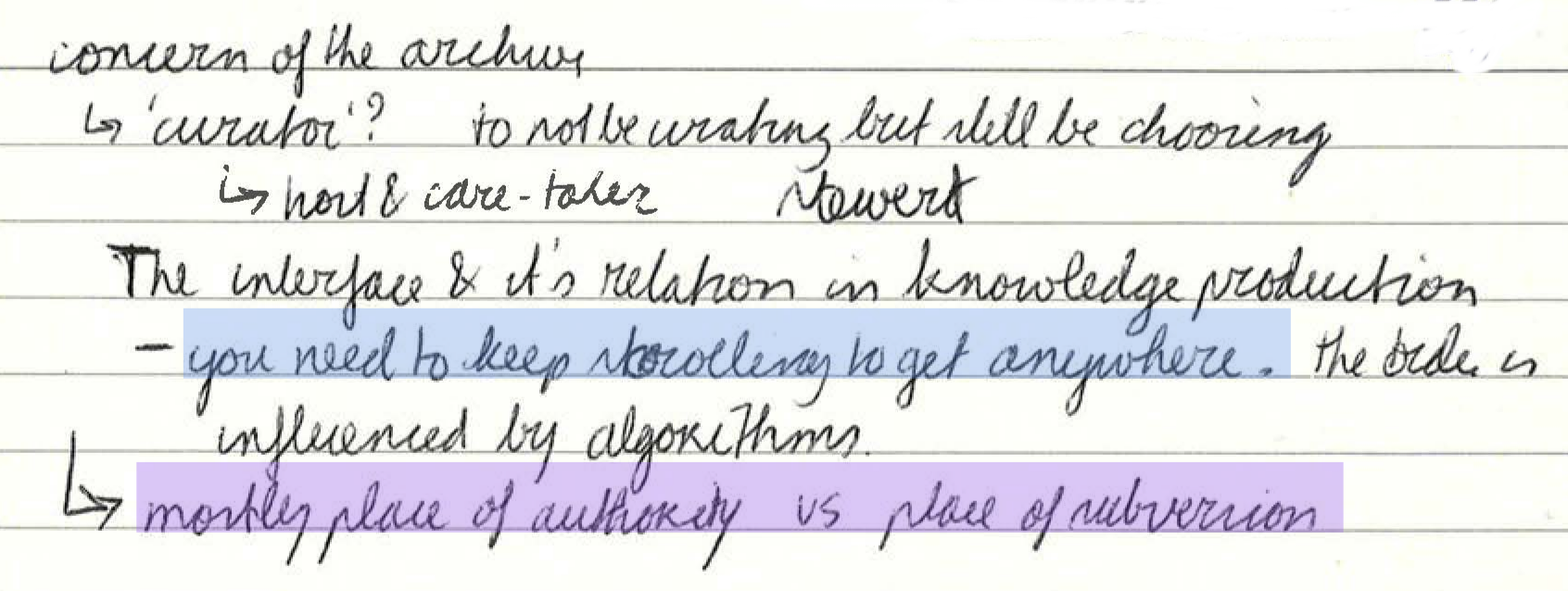7.3 KiB
Title: The Afterlife of Publications Date: 2015-12-02 10:29 Authors: Minke Vos
Introduction
What remains of a publication after it has been published? How does its status change in the post-production phase? Does it survive and thrive or will it suffer a slow, unnoticed death? Some works keep circulating, others do not. Fragments live on in search engines, on platforms, or in physical space, aggregated, fragmented, or re-contextualized. How does the materiality, positioning, and design of the work influence this afterlife? How to design for sustainability of the publication? The constellation of readers, publishers, designers, and editors is under consideration. Why do we even publish and for whom? What does it mean to actually read nowadays? Why are aspects of time and space important in the positioning of a publication? When we shake off the idea of the book as a static object, we can start to look at other - social , emotional, material , and spiritual - aspects of publishing. The echoes of the afterlife will reverberate through new publishing strategies.
As publishing professionals, we are always looking for new ways to ‘keep a publication alive’ post-production, as well as new ways to design for the sustainability of a publication. What can we do to prevent books from collecting dust on bookshelves? During the Urgent Publishing conference presentation The Afterlife of Publications Marc van Elburg, Krista Jantowski, Cristina Garriga and Karolien Buurman each show how they strive to keep their publications sustainable.
Readers & publishers
Cristina Garriga presents Readers & Publishers, an online directory of independent publishers. ( http://readersandpublishers.org )
Cristina Garriga explains that there is a need among artists and writers to know how publishers work and how to reach each other. Readers and publishers, an online directory for independent publishers tries to close this gap by giving a potential author a clear and concise idea of what the publisher stands for, what kind of books they publish and what their submission policies are. Connecting the right authors and audience to the right publisher can ensure the sustainability of the publication.
NXS
NXS is an Amsterdam based research collective that ex-plores ‘the self’ in the age of digital technology through publications, exhibitions, art works, public events, and a working lab. http://nxs.world/
For Karolien Buurman, the answer lies in collaborating and creating a community. She works for NXS, a collaborative research project that explores "the self" in the age of digital technology. NXS publishes twice a year. Each contributor responds and reflects on the work of another contributor. In addition to the publications, NXS hosts lectures, performances and exhibitions around the theme of the publication. In this way, they create a community that is much broader than their readership.
Parasiting Zine Culture by Marc van Elburg
Marc van Elburg reflects on his personal experience as a zinemaker who started in the early 90s: How did the arrival of online social networks affect the zine culture of the 1990s? How did zine culture adapt and survive, and what is its current state? From within Motel Spatie, a project has started to promote a conjunction between zine culture and parasitism: What are the motives behind this choice and why is this relevant today?
Mark van Elburg talked about the Zinedepo zinelibrary in Motel Spatie in Arnhem. He explained that the zine culture, particularly that of the 1990s, acted outside commercial consumerism culture, and therefore outside of convention. The zine culture was a close-knit community. One zinester might have included the names of several other zines on the same topic, and where to get them. Van Elburg referred to this as DIY culture.
A Much Needed Location for a Community of Readers by Krista Jantowski
The bookshop, library, and other homes where words live and bodies enter, can be read as spaces concerned with 'the afterlife of the publication'. They store the remnants of the process of publishing, of making public. But of course, these spaces do or should do a whole lot more than merely store. They are spaces where the circulation of knowledge starts. And because the impact of knowledge is hugely dependent on its circulation, we should not, in the search for urgency in our publishing endeavors, forget to look at the possibilities of these in-between spaces as a much needed location for community, fostering new outcomes.
Krista Jantowski of Walter Books in Arnhem explained the importance of the bookshop not just as a place of commerce or a temporary storage room for books, but as the starting point of the circulation of knowledge. Bookstores are places where communities can come together and share knowledge and opinions.
From Snowballs to Tumble-Weeds: The Spectrum of Publication Afterlives by Alice Twemlow Padmini Ray Murray
Displaced Editor's Note
Lorem Ipsum is simply dummy text of the printing and typesetting industry. Lorem Ipsum has been the industry's standard dummy text ever since the 1500s, when an unknown printer took a galley of type and scrambled it to make a type specimen book. It has survived not only five centuries, but also the leap into electronic typesetting, remaining essentially unchanged. It was popularised in the 1960s with the release of Letraset sheets containing Lorem Ipsum passages, and more recently with desktop publishing software like Aldus PageMaker including versions of Lorem Ipsum.
Conclusion
Each in their own way, the speakers highlighted that it is important for publishers to actively work towards bridging the gap between authors, readers and themselves, to build communities, to bring people together, and to collaborate within and outside of your own network. It is high time to stop looking at the book simply as a product. The speakers of The Afterlife of Publications have shown that the book, or any other publication, can serve as a catalyst for connection in the ‘post-truth’ era.
